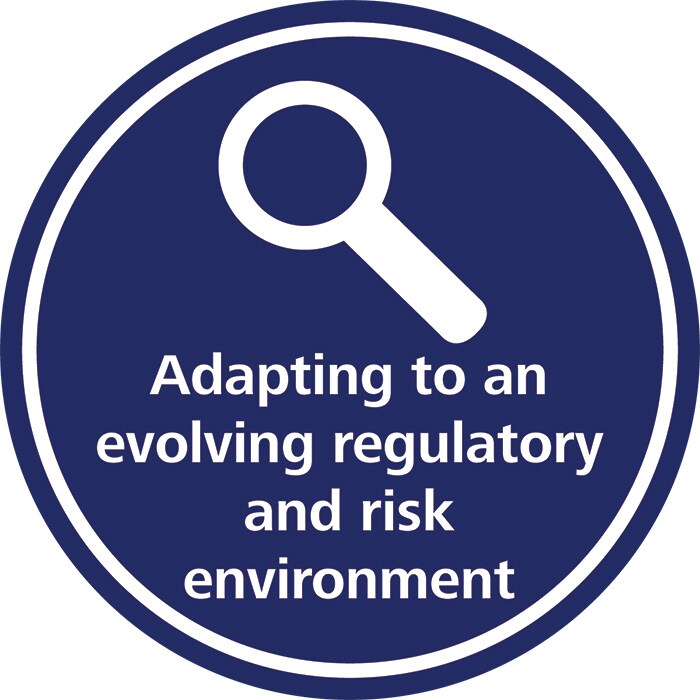Analysis

2016 Global life sciences outlook
Moving forward with cautious optimism
How is the global life sciences sector addressing today’s volatile marketplace, one characterized by economic uncertainty, pricing pressures, increased demand for innovation and value, more focus on consumer engagement, and an ever-changing regulatory and risk environment?
Explore Content
- Download the report
- Infographic
- Navigating market dynamics
- Countering pricing & cost pressures
- Promoting Innovation
Explore our look at the current global issues impacting the global life sciences sector, as well as a snapshot of activity in a number of geographic markets, and considerations for stakeholders as they prepare for 2016.
Countering pricing and cost pressures
Amid the reform-driven shift to outcomes-focused, value-based payment and reimbursement systems, pharma companies may continue to bear the brunt of efforts to control costs. Companion diagnostics should continue to rapidly increase in number and application though. Organizations of all sizes are also struggling with issues that span development, manufacturing, and distribution – pressure to reduce the cost of early-stage research and development without reducing output; reduce clinical development risks while also producing high-quality data; need to reduce asset bases; optimization of outsourcing strategies; difficulty operationalizing and optimizing acquisitions; talent and leadership issues; and supply chain risks. Companies are also addressing outdated IT infrastructure challenges as they continue to adapt to the new realities of cloud, analytics, informatics mobility and outcomes measurement.

Promoting innovation
Companies are facing dual imperatives to deliver innovative therapies that address unmet patient needs and treat life-threatening conditions but also deliver profitable growth. Achieving these often-conflicting objectives is likely to require that companies transform their business and operating models and embrace disruptive technology advancements that can concurrently reduce costs and speed time to market for new products and services. From product development through manufacturing and distribution, life sciences companies are evolving their business models to engage more fully with providers and patients. Personalized medicine also continues to drive business model transformation. Digital health technology – such as telehealth, mHealth, wearables, and social media - is creating a paradigm shift in life sciences and the data is being used to transform aspects of health care that earlier seemed beyond the purview of such technologies. Mergers and acquisitions (M&A) are expected continue to be one of the life sciences sector’s principal growth strategies.

Adapting to an evolving regulatory and risk environment
Life sciences stakeholders face increasingly complex operational risks and regulatory challenges emanating from technology advances, clinician and patient expectations, and a globally connected health care market. Top-of-mind issues for the sector include cybersecurity and IT quality, regulations and compliance, drug and device safety, counterfeit drugs, and Intellectual Property (IP) protection.

Sources
For a complete list of sources referenced in this outlook, please download the source list.
